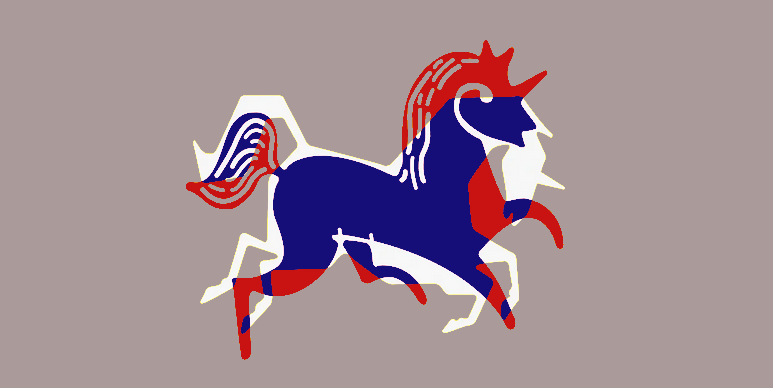
It would be easy for me to make hay about this week’s announcement of the decline of Sigfox. My previous fund in France passed up on the opportunity to invest in Sigfox back in the day. My former partner astutely determined that Sigfox’s “boil the ocean” approach to building out a broad-scale IoT network infrastructure was unwieldy. Instead, he managed our fund’s investment into a smaller French player in the space, Actility — not a direct competitor but somewhat of a rival to Sigfox. Actility has not yet reached unicorn status. Invested capital in Actility remains grounded at reasonable levels, and its partial secondary offered a nice multiple to the early VCs, while also representing a compelling value with future growth potential for the new investors.
However, I am rooting for Sigfox to get back in the saddle from Chapter 11. In many ways, Sigfox is emblematic of LaFrenchTech and France’s drive toward producing tech unicorns. For anyone interested in how Sigfox’s fantastical journey reached this point, Chris O’Brien pulls back the curtain in an excellent probe which I highly recommend reading.
Also as a side note, I think Sigfox is on the right track in its expectation of a proliferation of connected objects requiring network connectivity. In its ambition to develop a fully IoT-native network, Sigfox may well have been building something superior to anything offered by the incumbent telcos. Rather, Sigfox’s struggles may turn out to be due to an intrinsic handicap of its core architecture: Like its telco predecessors, Sigfox represents a centralized model. Although it’s too early to draw conclusions on this yet, preliminary evidence suggests that the best architecture for broad IoT network connectivity is a decentralized model, not a centralized one. This, incidentally, is my rationale in enthusiastically supporting the Japan build-out of the Helium network.
Unicorns
However, this piece is not about Sigfox and IoT networks, but about unicorns.
Last week to great fanfare France minted its 25th tech unicorn, up from only 13 and year and a half ago. Although I believe the term unicorn brings both appeal yet also drawbacks, I submit that this metric does underscore the 20-year success story of the French tech ecosystem.
As I mention often, France’s venture ecosystem has blossomed over the past two decades. Twenty years ago, France was a desolate landscape for startups and venture capital. Entrepreneurship was discouraged back then; risk capital was essentially nonexistent; and promising young adults were persuaded by their families and society to join large established corporations, where they would pursue predictable — and most importantly stable — careers.
Spurred on by a combination of government initiatives such as Angel Tax Funds, an active Public Investment Bank, and LaFrenchTech marketing, acceptance toward risk and innovation in the minds of the French public gradually bloomed. France’s traditional cultural mentality of risk aversion and stigmatisation of failure has transformed into enthusiasm for entrepreneurship and company building.
Back in 2019 when President Macron announced his audacious objective for 25 tech unicorns in France by 2025, few expected that France would gallop to the goal three years early. But world leaders took notice. This is the nice thing about metrics like this. They represent a visible means for countries’ ecosystems to keep score.
Of course, visible metrics like a country’s unicorn count also draw attention when a unicorn stumbles. Such is the nature of this game. Yet I contend that a dying unicorn — or unicorpse — represents a litmus test of a venture ecosystem’s maturity. Don’t get me wrong. I wept at the end of Seabiscuit, and I do not take pleasure in counting unicorn carcasses. But global success stories of game-changing innovation cannot exist in an environment devoid of colossal failures.
Sigfox is not yet a unicorpse, but it certainly represents a fallen unicorn. The fact that the French have taken this in stride demonstrates France’s maturity as an ecosystem. And for that I tip my (ahem) horn to them.

30億人が遊ぶゲームの世界:Metaのキーマンに聞く「2022年のゲーム市場」(1) – THE BRIDGE,Inc. / 株式会社THE BRIDGE – ジャッキーニュース-日本のグローバルニュース wrote:
[…] Bivens 氏の許諾を得て翻訳転載した。英語によるオリジナル原稿はこちらから。(過去の寄稿)This guest post is authored by Mark Bivens. Mark is a Paris- / […]
Link | February 7th, 2022 at 11:04
大統領目標「ユニコーン25社」を3年早く達成、Sigfoxの窮地で考えた仏エコシステムの成熟度【ゲスト寄稿】 | BRIDGE(ブリッジ)テクノロジー&スタートアップ情報 wrote:
[…] 本稿は、フランス・パリを拠点に世界各地のスタートアップへの投資を行っているベンチャー・キャピタリスト Mark Bivens 氏によるものだ。彼は、日本で Shizen Capital(旧 Tachi.ai Ventures)のマネージングディレクターを務める。本稿は Bivens 氏の許諾を得て翻訳転載した。英語によるオリジナル原稿はこちらから。(過去の寄稿) […]
Link | May 16th, 2022 at 14:44